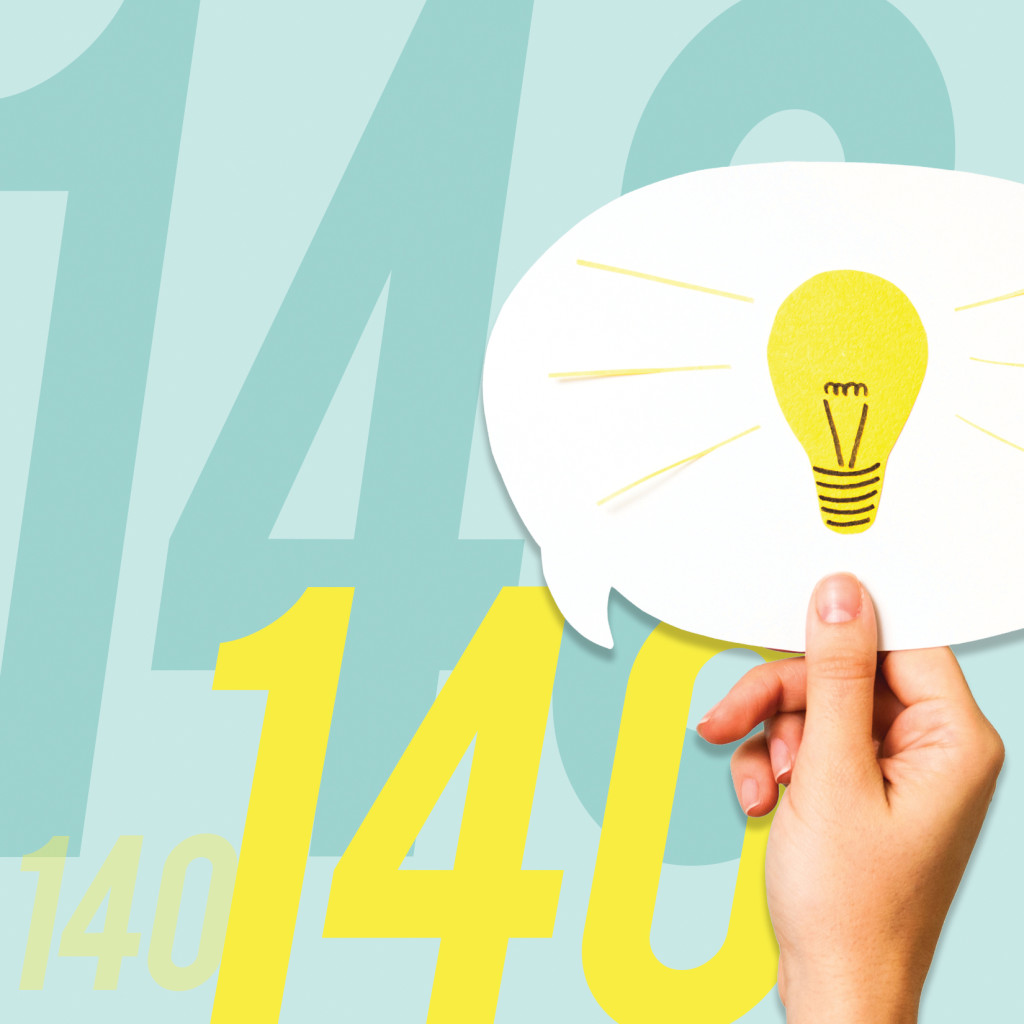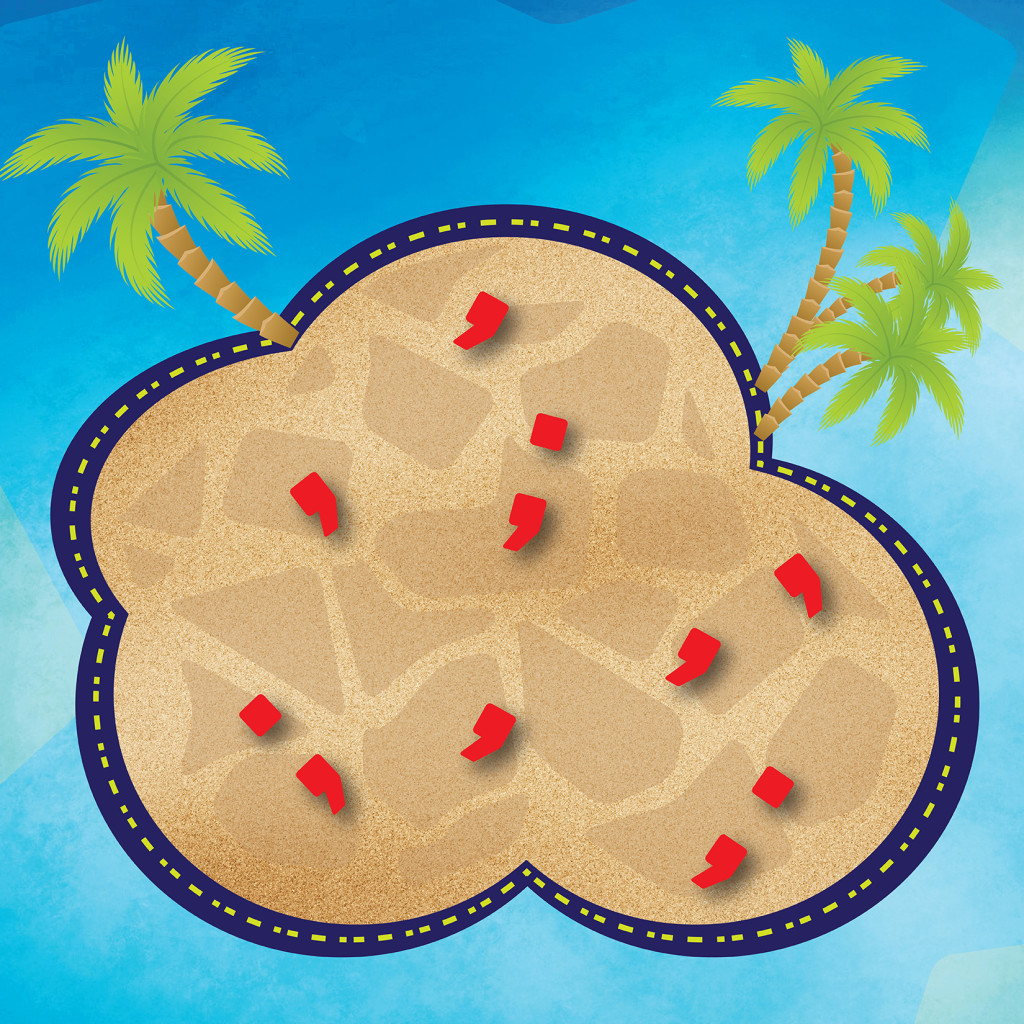On any given day, we end up writing in some manner or another—more than likely, it’s in an email format. That, at least, is simple–there’s no question about knowing your audience when you write a personal email. But for other types of writing, this becomes a bit more difficult to pin down.
Read More
24 05 2016
Angels and Brats: Which One Are You?
To put broad strokes on the canvas of writing and editing merely for over-simplification, there are two overarching types of writers and editors: the brats and the angels. How they behave is distinctly different due to their different roles. The good news is, once a writer or an editor recognizes he or she behaves in one of these ways, it’s easy to change—though one way is obviously (at least to us) a better way to go about things.
Read More
Editing is the calm after the storm. It’s when the survivors pick through the wreckage, making a semblance of a life again. A little dramatic, perhaps, but it’s apropos. Writing is the storm that messes everything up, throwing words, punctuation, and grammar here and there…and editing cleans it all up.
Read More
04 12 2015
A Little Love for Put-down Punctuation
In journalism, commas in a list are frowned on (AP Style outright bans them), and simplistic writing is encouraged. While journalists are, by far, some of the best writers out there, they have to adhere to a certain style—and not just AP or inverted pyramid. Their writing itself must be presented a specific way, or the piece gets tossed back at them like flotsam. “Your word count is too high,” is an often-heard complaint from news editors. “Re-arrange your first four paragraphs and cut back on the prose,” et cetera.





